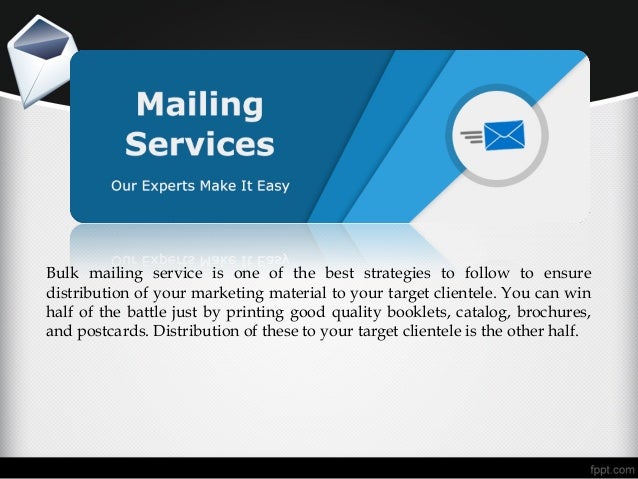

Saves you time and money by micro-focusing your list.Helps you email people who are interest in what you’re selling.Shows customers that you respect their privacy.

Preserves your email marketing reputation.But at least you have the proof showing your email service provider that you had permission and you followed the proper procedure. Even with permission email marketing, every once in awhile a person who gave you permission will hit the spam button. What makes permission email marketing different is not just that you have the approval of the customer to send to them, it’s that you, by getting permission, are sending email campaigns to people who really want them. If you have a list of people who have agreed, in some form of writing, link clicking or other evidence, that they want to receive emails from your travel agency specifically, you fall well within the bounds of opt-in. If you have a list based on people who have signed up to receive emails about travel in general but not your travel agency, it doesn’t qualify as specific permission. Permission, in this respect, is clear-cut. Opt-in email: Opt-in email is any commercial email sent to people who have specifically signed up to receive it. However, if you’re sending a batch of emails to people who never asked to receive them from you, promoting your latest line of shaving products, you’re most definitely sending spam. This means that if you’re sending emails to your friends, family and colleagues, it does not qualify as spam. opt-in email: definitionsīulk email spam: Spam is any email sent for commercial purposes without permission from the receiver. As the years have progressed, many sources have blurred the line between opt-in and bulk email spam for their own purposes. Though many people practice email marketing to promote their goods and services, some don’t know the difference between spam and opt-in email marketing.


 0 kommentar(er)
0 kommentar(er)
